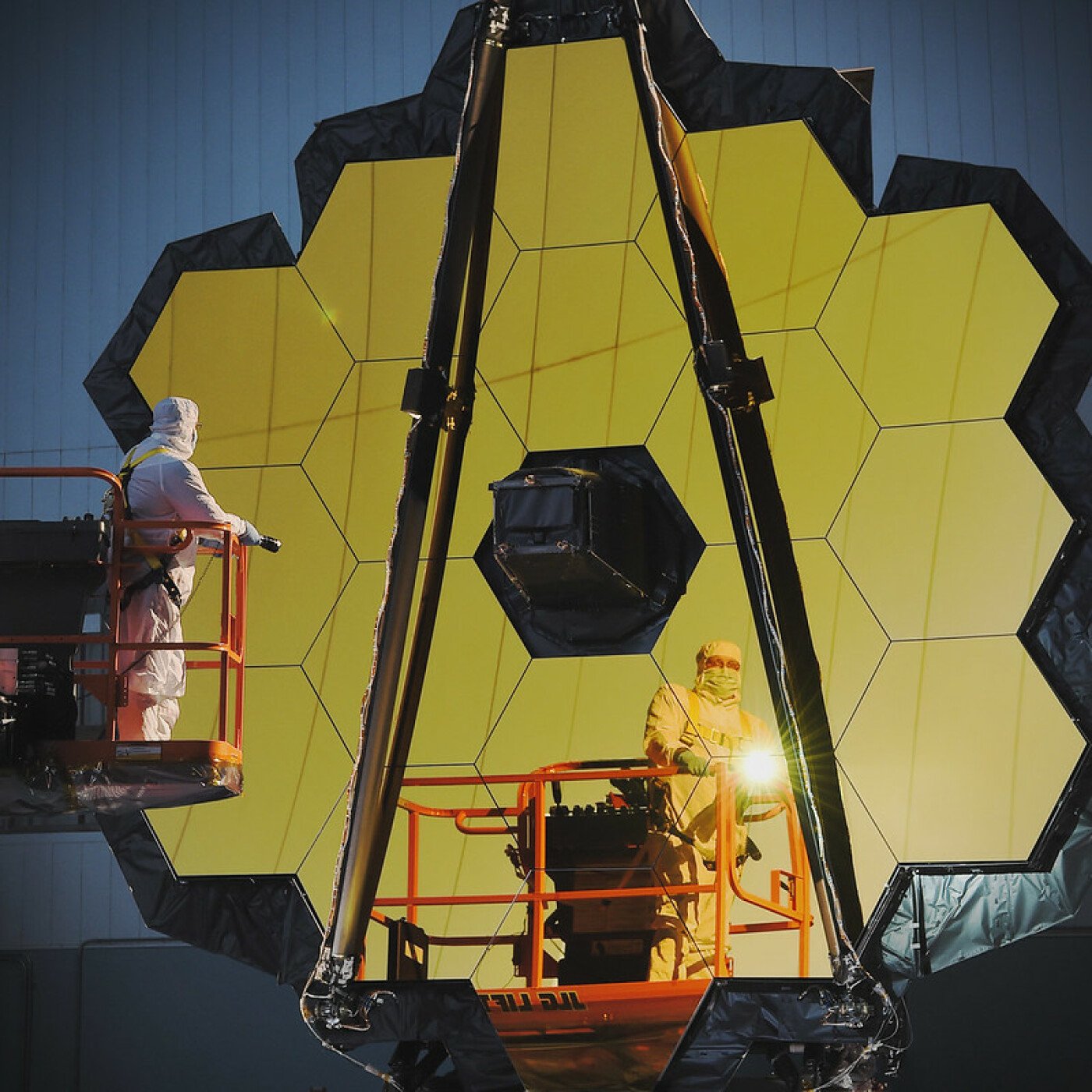NASA suspects our galaxy may teem with trillions of planets.
Yet even with the powerful James Webb Space Telescope, it’s profoundly hard to find a handful of worlds that may harbor even hints of life.
The prospect of using Webb, which can peer into the atmospheres of planets beyond our solar system (exoplanets) to make such an unprecedented discovery, has stoked public curiosity and scientific scrutiny. Indeed, it’s an exciting endeavor. Recently, NASA scientists weighed in on the significant challenges ahead in finding evidence of life, called biosignatures, in a distant world’s atmosphere — such as a cocktail of molecules almost certainly produced by organisms (like oxygen, methane, and beyond).
“Discovery of life on an exoplanet will likely require a large set of unambiguously detected biosignatures, data from multiple missions and observatories, and extensive atmospheric modeling efforts, a process likely taking years,” Knicole Colón and Christopher Stark, both Webb scientists at NASA’s Goddard Space Flight Center, explained in a new blog post.
Compelling observations from the most powerful and advanced space telescope, orbiting 1 million miles from Earth, would be a crucial factor in the effort to find elusive life among the stars. Yet there are major hurdles ahead.

An artist’s conception of the rocky, Earth-sized exoplanet TRAPPIST-1 e, located 41 light-years from Earth.
Credit: NASA / JPL-Caltech
The challenges of finding life with Webb
The crux of the challenge is the difficulty of not just finding planets that could harbor life as we know it — which implies temperate, rocky, Earth-sized worlds that could harbor liquid water — but also detecting and looking into their profoundly distant, and faint, atmospheres.
Crucially, to peer into such a far-off atmosphere, a planet needs to be in the perfect orientation from our perch in the galaxy, transiting in front of its star so Webb can observe how this light filters though its atmosphere — ultimately revealing the chemicals there. This limits Webb to planets that are situated “edge-on” to us, similar to how you view a flying frisbee.
Mashable Light Speed
So far, scientists have confirmed finding 5,638 exoplanets (as of early June 2024), and 30 of these edge-on planets are Earth-sized, rocky, and orbiting in habitable zones — where liquid water could exist. These are intriguing candidates upon which to look for hints of life.
“Searching for biosignatures (biologically produced gases) is extraordinarily difficult, but also an exciting endeavor.”
But sleuthing out an atmosphere will take patience, and likely years of observing. A planet’s atmosphere blocks just some 0.02 percent or less of its star’s sunlight, meaning that finding an atmosphere’s existence at all requires careful viewing and multiple looks.
Take the planet LHS 1140 b, a rocky super-Earth about 1.7 times the size of Earth, located 49 light-years away. Astronomers estimate that attempting to detect “potential biosignatures” there would require observing 10 to 50 transits in front of its star, equating to 40 to 200 hours on the Webb telescope. “Given that Webb cannot view the LHS 1140 system year-round because of the system’s location on the sky, it would take multiple years if not close to a decade to collect 50 transit observations of LHS 1140 b,” the NASA researchers explained.
“Searching for biosignatures (biologically produced gases) is extraordinarily difficult, but also an exciting endeavor,” they added.

A simulated example of how Webb might view potential biosignatures on a distant planet. Different molecules absorb different spectrums of light, revealing their presence.
Credit: NASA / ESA / Leah Hustak (STScI)

Before its launch, technicians work on the James Webb Space Telescope’s mirror.
Credit: NASA / Chris Gunn
In the coming years and decades, exoplanet scientists and astrobiologists won’t simply look at rocky worlds for potential hints of life, but rocky worlds they theorize could be blanketed in oceans, known as Hycean planets. As we know on Earth, life thrives in oceans; these worlds, if they exist, would be tantalizing places to look for potential biosignatures. The planet K2-18 b, discovered in 2015, could be such a place — though water hasn’t been definitively detected there yet. In 2023, scientists suggested that the potential biosignature dimethyl sulfide, produced by plankton on Earth, could be present in this world’s atmosphere. But the NASA researchers note “the potential dimethyl sulfide signal is too weak for a conclusive detection in the current data.”
Webb, with a giant 21-foot mirror that catches loads of distant light, may never definitively find a biosignature. But its unprecedented look into distant worlds — revealing what many exoplanet atmospheres contain — could be invaluable. Combined with the observation of forthcoming space instruments, such as the Nancy Grace Roman Space Telescope (currently being built), scientists may collect the data they need to propose that a planet has compelling evidence of biosignatures.
Then, of course, that bold claim will visit the halls of peer-reviewed science around the world, subject to the bright light of intensive scientific scrutiny. It’ll be an exciting, though grinding, ride.
For now, the science is indisputable.
“At the time of writing, there is only one known habitable and inhabited planet — Earth!” NASA’s scientists emphasized.
Topics
NASA
